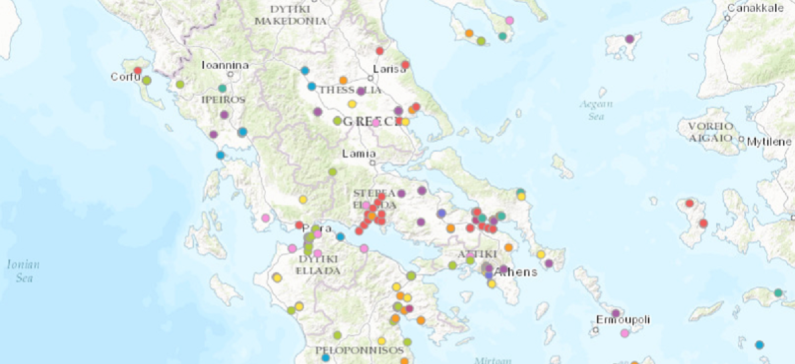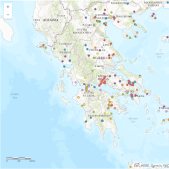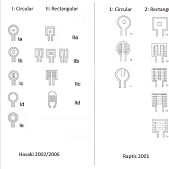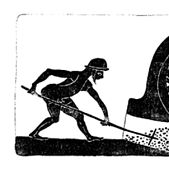
The first web Atlas of ceramic kilns in Ancient Greece
The Web Atlas of Ceramic Kilns in Ancient Greece is the first of its kind GIS database of kiln sites in Greece. Kiln sites cover almost five millennia, dating from the Prehistoric to Post-Byzantine periods (ca. 3000 BCE-1820 CE).
The Web Atlas will help excavators of kiln sites to quickly contextualize them within their chronological, geographical, and typological horizons, as well as other scholars of Greek antiquity to address questions of ceramic production, distribution, and consumption in various eras and regions.
The Web Atlas of Ceramic Kilns in Ancient Greece is a digital project directed by Professor Eleni Hasaki at the University of Arizona.The collection of data for the Bronze Age to Hellenistic periods is based on Hasaki’s dissertation (Hasaki 2002) and the information on kiln sites from Roman to Post-Byzantine periods is based on the joint-article by Eleni Hasaki and Konstantinos T. Raptis (2016). The GIS database was developed by UA Classics Alumna Lauren Alberti, M.A. with assistance by University of Arizona Professor of Geography and Regional Development Gary Christopherson. The WebAtlas searchable interface was developed by Tawny Lochner at the University of Arizona Social and Behavioral Sciences College IT Team, and the website by Lizeth Mora. We are grateful to all individuals for their steadfast support of the project.
Previous studies have produced lists of kilns sites from various periods (see under Resources), but as new kiln sites are discovered, there is a need to have an updated database of these important ceramic production centers. The Web Atlas aims to address this need by providing a valuable research tool to scholars who study ceramic production of different time periods in ancient Greece, as well as ceramic technology, trade of ceramics, and scale of economy. With the active participation of its users, we hope that the Web Atlas will assist researchers and benefit from their online submissions of their kiln sites.
The Ceramic Kilns in Ancient Greece
Ceramic kilns played a vital role in ceramic workshops as they transformed malleable clay forms into durable terracotta products. Greek potters used predominantly updraft kilns with two-chambered, a lower one (combustion chamber) to place the fuel, and an upper one (the pot-firing chamber) to fire the ceramics. The two chambers were separated by an intermediate perforated floor which allowed the heat generated in the combustion chamber to reach the area where the ceramics were stacked.
The two main types of kilns, based on their footprint, are circular and rectangular with some variation in the support system for the perforated floor. Most workshops had one or two kilns.. Most circular kilns measure 1.00-1.50m in dimensions.
The kiln capacity was optimally designed both to bring profit from successful firings and to help the workshop recover quickly from unsuccessful ones. Kilns, as permanent architectural features, constitute the most reliable criterion for identifying ceramic workshops.










